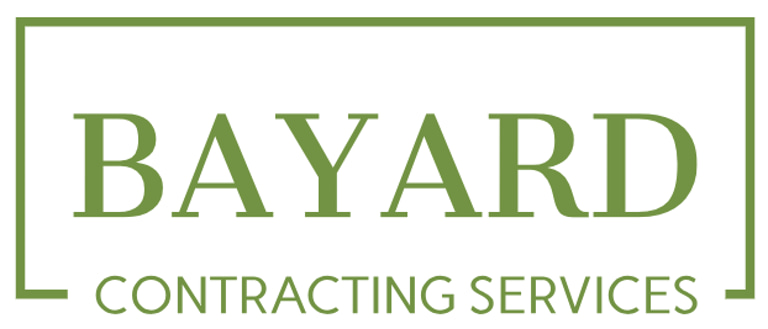Materials Mastery: Exploring the Cutting Edge of Construction
BAYARD CONSTRACTING SERVICES
4/23/20242 min read


Advanced building materials refer to a broad range of materials that offer enhanced properties and functionalities compared to traditional building materials like concrete, steel, and wood. These materials often incorporate advanced technologies, innovative designs, or novel compositions to improve performance, durability, sustainability, and energy efficiency in construction projects.
The fascinating world of Advanced Building Materials are revolutionizing the construction industry by enhancing durability, reducing environmental impact, and improving overall building performance. Here are some key takeaways:
Self-Healing Concrete:
What is it? Self-healing concrete contains microorganisms or capsules filled with healing agents. When cracks form due to stress or environmental factors, these capsules rupture, releasing healing agents that repair the cracks.
Benefits:
Increased Durability: Cracks are repaired automatically, extending the lifespan of structures.
Cost Savings: Reduced maintenance and repair costs over time.
Environmental Impact: Fewer repairs mean less material waste.
Applications: Bridges, highways, and other infrastructure prone to cracking.
Sustainable Alternatives:
Green Concrete:
What is it? Green concrete uses recycled materials like fly ash, slag, or recycled aggregates as partial replacements for traditional cement.
Benefits:
Reduced Carbon Footprint: Lower cement content reduces greenhouse gas emissions.
Resource Conservation: Utilizes waste materials effectively.
Applications: Foundations, pavements, and walls.
Bamboo Reinforcement:
What is it? Bamboo, a renewable resource, is used as an alternative to steel reinforcement in concrete.
Benefits:
Sustainability: Bamboo grows rapidly and is abundant.
Lightweight: Easier to transport and handle.
Applications: Low-rise buildings, residential structures.
Transparent Solar Panels:
What are they? Transparent solar panels can be integrated into windows, facades, and roofs. They capture sunlight while allowing light to pass through.
Benefits:
Energy Generation: Buildings generate electricity from sunlight.
Aesthetics: No need for bulky solar panels on rooftops.
Daylighting: Maintains natural light indoors.
Applications: Skyscrapers, commercial buildings, and residential homes.
Recycled Steel and Timber:
Recycled Steel:
What is it? Using recycled steel reduces the need for new steel production.
Benefits:
Resource Conservation: Reduces mining and energy-intensive steel production.
Strength: Recycled steel maintains structural integrity.
Applications: Beams, columns, and reinforcements.
Recycled Timber:
What is it? Reclaimed timber from old buildings, pallets, or other sources.
Benefits:
Sustainability: Reduces deforestation.
Character: Adds unique textures and history to structures.
Applications: Flooring, cladding, and decorative elements.
Cool Roof Coatings:
What are they? Cool roof coatings reflect sunlight and absorb less heat, keeping buildings cooler.
Benefits:
Energy Efficiency: Reduces air conditioning needs.
Urban Heat Island Mitigation: Helps combat rising temperatures in cities.
Applications: Flat roofs, commercial buildings.
In conclusion, these advanced materials not only enhance building performance but also contribute to a more sustainable and resilient future. Architects, engineers, and builders should embrace these innovations to create structures that stand the test of time while minimizing their environmental impact. 🌱🏗️
